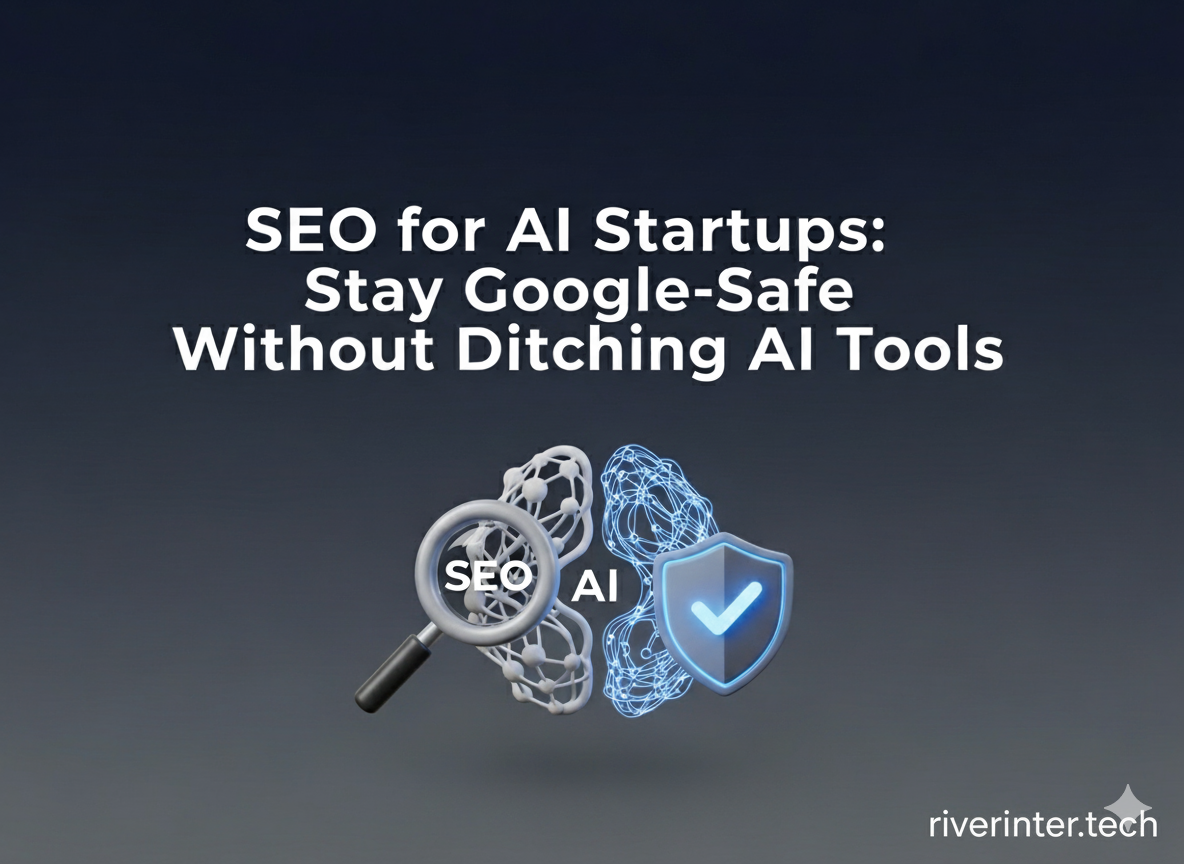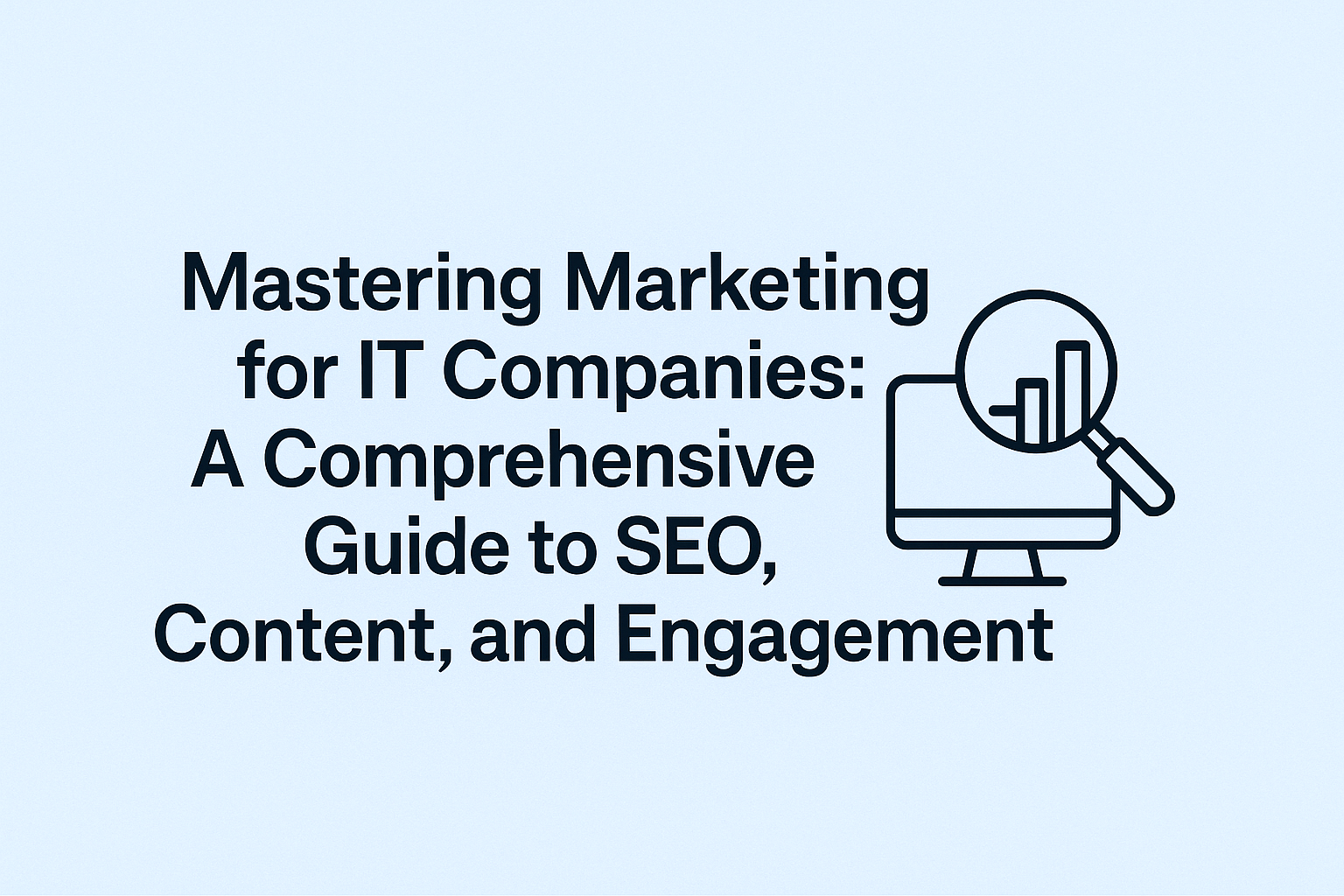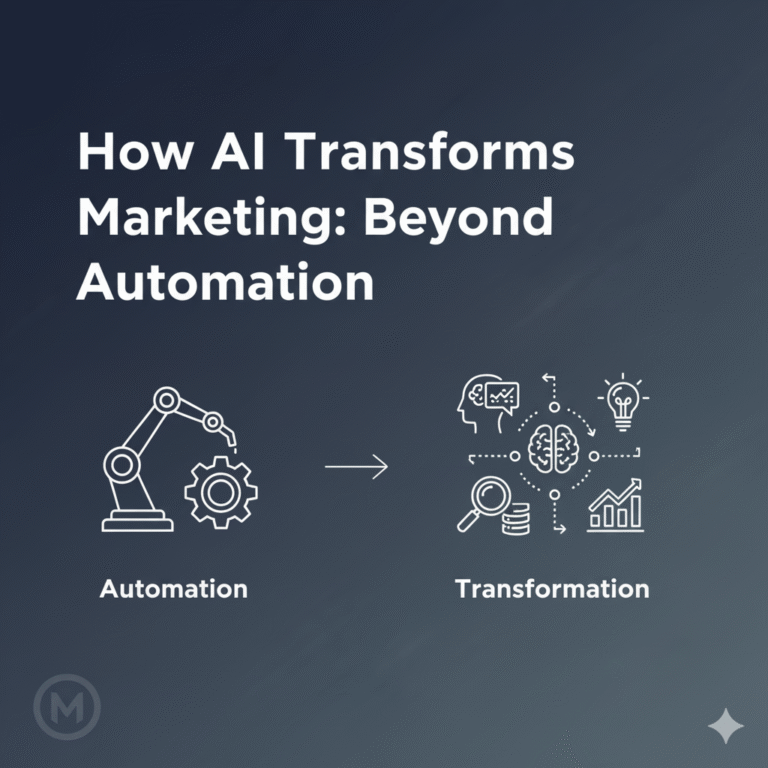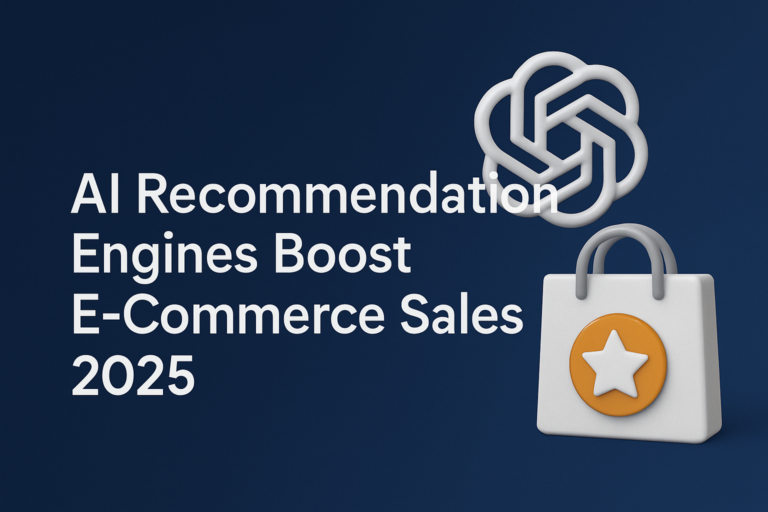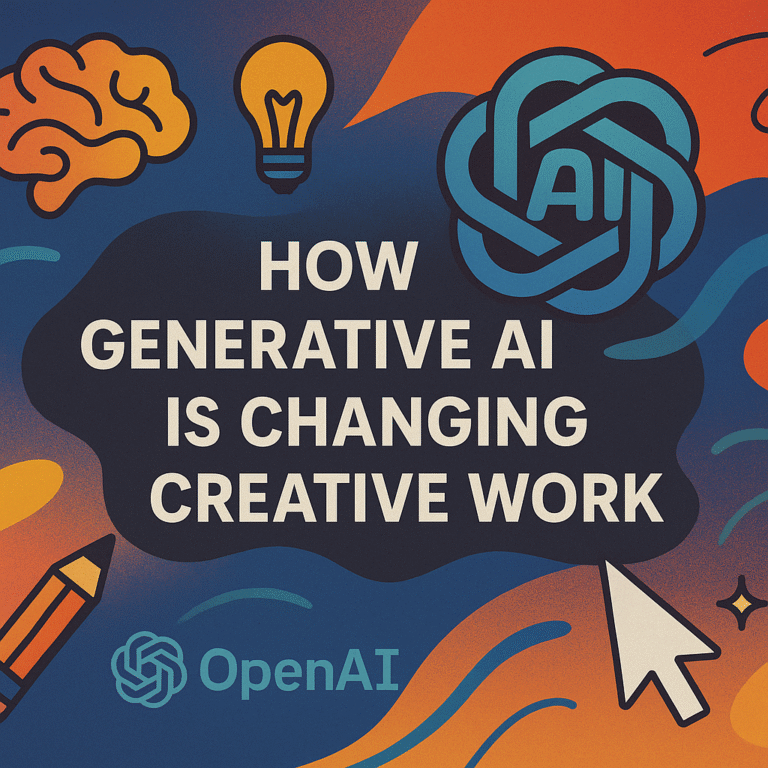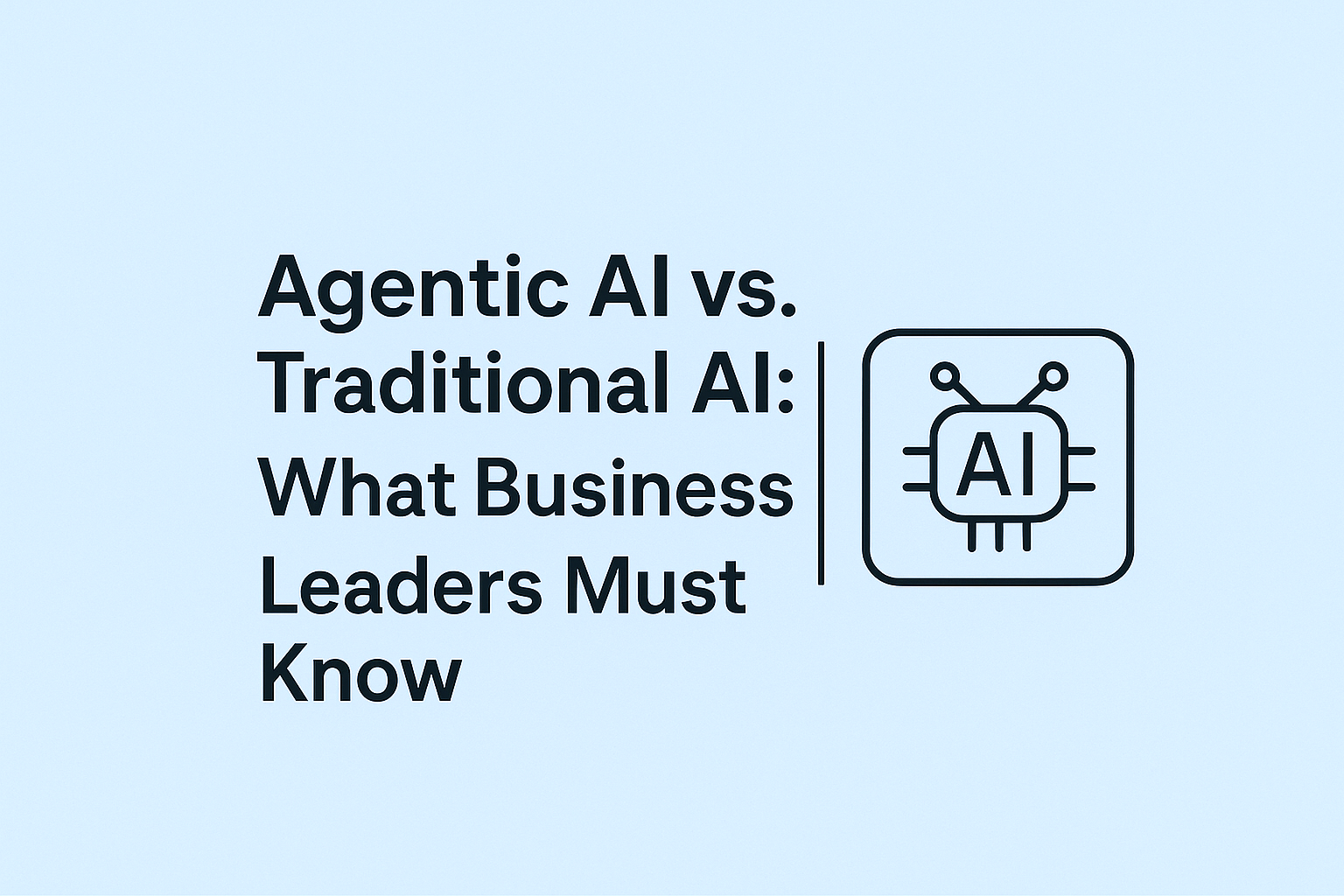SEO for AI Startups: Stay Google-Safe Without Ditching AI Tools
You’re moving fast. Your content’s scaling. Then, a “manual action” hits your Search Console—and just like that, your traffic collapses. Leads vanish. And yes, the root cause is often scaled content abuse: AI-generated content shipped too quickly without oversight.
Google isn’t banning AI content. It’s targeting content that adds no value. So if your strategy is “more pages, faster,” but those pages don’t inform, guide, or prove expertise—you’re in dangerous territory.
The good news? You don’t need to slow down or ditch AI. You just need a content pipeline that protects quality at speed. This post gives you that blueprint—so you scale with confidence, not fear.
Understanding Google’s Stance on AI-Generated Content
Google doesn’t care if your content is written by a human, AI, or a robot in a hoodie. What it does care about is whether it’s helpful, original, and high-quality. When your AI stack spits out stitched rewrites, thin FAQs, or lazy keyword dumps—it flags it as “scaled content abuse.”
The advantage of understanding this now? You can avoid deindexing, manual actions, and reputation loss before it happens. No robots.txt trick will save you here. Google expects noindex tags or content removal when your pages aren’t delivering value.
By building policies around AI review and originality, you don’t just survive updates—you become algorithm-proof. That’s how smart founders build long-term SEO defensibility.
Why SEO Is Critical for AI Startups
SEO is the most cost-effective growth engine AI startups have. Paid ads? Pricey. Social? Unpredictable. But organic search? It compounds. Every ranking article is a 24/7 sales rep—if it stays visible.
The real challenge? AI startups are under pressure to publish fast, rank faster, and “own the conversation.” That urgency leads to overproduction and underediting. Google notices.
If you structure your AI SEO strategy to prioritize human value and original thought, you stay competitive and compliant. You build visibility that lasts longer than the next algorithm update. That’s how your startup earns trust—and traffic—organically.
Best Practices for Using AI Tools in SEO
AI shines at outlining, summarizing, and organizing thoughts. Let it do the heavy lifting early—generate ideas, build structure, suggest themes. But the advantage comes when your team layers in real expertise: your insights, screenshots, stories, data.
When AI content is reviewed and enriched by humans, it shifts from generic to trustworthy. Search engines notice. So do readers.
Use AI to accelerate your process, not replace your thinking. That shift means your blog won’t just rank—it will resonate, convert, and drive pipeline without risking compliance.
Techniques to Stay Google-Safe While Using AI
Every AI-assisted article should be treated like a product release. It needs QA, documentation, and clear ownership. Start with AI, then pass it through human editing for clarity, tone, intent, and accuracy.
This extra step may seem like friction—but it’s your compliance shield. It protects your domain from being labeled spam. Better yet, it elevates your content above competitors who cut corners.
You don’t have to sacrifice speed. Just bake in smarter steps. That’s how founders scale content without fear—and turn AI into a growth multiplier, not a liability.
Tools and Technologies That Help AI Startups Maintain SEO Integrity
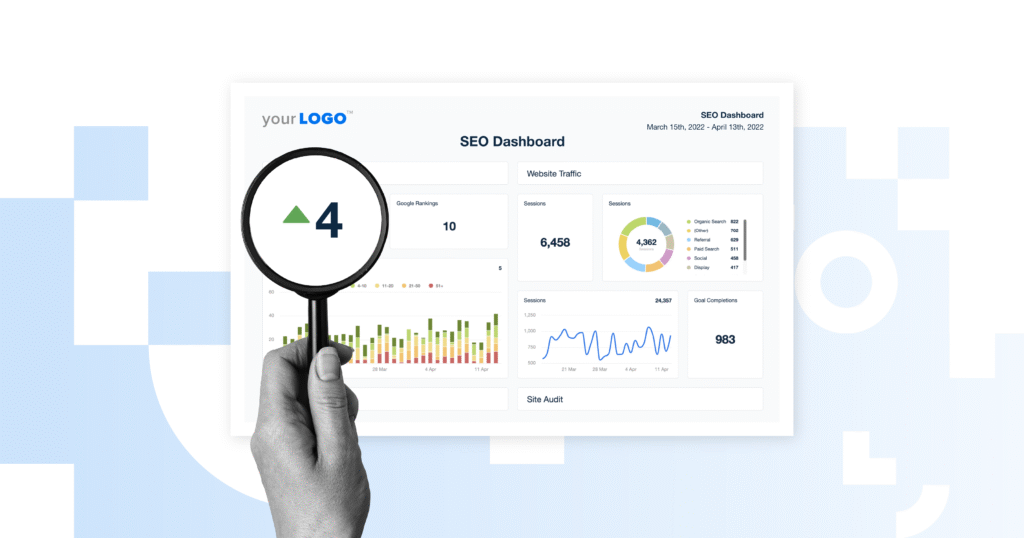
Don’t chase flashy tools—choose ones that force structure, review, and transparency. Platforms like Originality.ai help catch duplication. Clearscope and Surfer show topical depth. Versioning tools log what changed and who approved it.
The advantage? You build audit-ready content that stands up to manual reviews or algorithmic scans. When Google checks your site, there’s a trail: reviewer names, cited sources, schema markup, changelogs.
By designing your workflow around quality control—not just content creation—you publish fast and sleep well. You’re not “hoping” it works. You know it’s safe.
Case Studies: AI Startups That Nailed SEO Safely
One AI SaaS founder used ChatGPT only for outlines—then handed the draft to their ML team for firsthand commentary, charts, and performance metrics. The blog series ranks #1 in three categories and survived every Google update.
Another startup used Jasper to speed up metadata writing and competitive gap analysis—but required SME review before anything went live. Quarterly changelogs ensured nothing fell through the cracks.
The shared benefit? No spam penalties. Consistent growth. And full control over their voice and authority. Their strategy wasn’t just compliant—it was credible.
Common Pitfalls and How to Avoid Them
Publishing AI drafts without editing. Skipping source links. Writing ten posts on the same keyword to “own” it. These aren’t shortcuts—they’re violations. And they’re easily caught by Google’s scaled content filters.
The advantage of avoiding them? You maintain control. Your site doesn’t vanish overnight. You build trust with both users and search engines.
Ask better questions. Instead of “how fast can we publish?” ask “how do we make this post matter?” That’s the pivot point between a penalty-prone blog—and a growth asset.
Future Trends: SEO, AI, and Evolving Search Engine Algorithms
AI Overviews are eating clicks. Google now answers more queries right in the SERP. That means ranking alone isn’t enough—you need to be the source Google cites.
Structured formats—FAQs, step-by-step guides, evidence panels—are the new SEO currency. Schema helps machines parse your content. Author bios and real screenshots prove you’re not generic.
By adapting now, you don’t just future-proof your SEO—you become the model others follow. You rise above the noise because you built with Google’s future, not just its present, in mind.
Conclusion
The real risk isn’t using AI. It’s using AI without thinking. Fast, faceless content is a red flag. But thoughtful, reviewed, human-touched AI content? That’s a competitive advantage.
The moment you start tracking reviewers, adding source links, and inserting first-hand insights—you shift from “spam risk” to “trusted source.” That’s the line Google draws in 2025.
So move fast—but move smart. Build systems that respect the rules and raise the bar. That’s how you publish with confidence—and keep climbing.
Want to build AI content without risking Google penalties? Download our free Google-Safe AI SEO Publishing Checklist—a Notion template designed for founders like you.
It includes reviewer fields, changelogs, schema prompts, and everything your team needs to scale safely. Already using AI? Share your wins or questions in the comments.
Let’s shape the future of AI SEO—together, one high-integrity post at a time.
If you want to convert trial users into buying customers contact us today!
1: Does Google penalize AI-generated content?
No. Google does not penalize AI content by default. What gets penalized is scaled content abuse—mass-producing unoriginal or low-value pages just to manipulate rankings. AI can be used safely if your content adds unique value, cites sources, and includes human review.
2: What is “scaled content abuse” in SEO?
Scaled content abuse happens when websites generate large amounts of content at scale—with or without AI—that provides little to no value for users. Examples include thin rewrites, mass auto-translations, or stitched pages with no originality. Google treats this as spam and may issue manual actions or deindex pages.
3: How can AI startups build a Google-safe SEO strategy?
AI startups can stay Google-safe by creating content that blends AI speed with human oversight. Use AI for outlines or drafts, then add expert input, firsthand experience, source citations, and schema markup. Always prioritize the user’s intent over publishing velocity.
4. How do I make my content safe from manual actions?
To reduce the risk of manual actions:
- Add original insights and evidence (data, screenshots, case studies).
- Avoid mass-produced templates or “set-and-forget” AI pages.
- Use noindex for low-quality or partner-generated content.
- Keep an audit trail of prompts, edits, and expert reviews.
5. Can AI-written articles rank in Google’s AI Overviews?
Yes. AI-written articles can surface in AI Overviews (AIO) if they are cite-worthy. To increase chances: structure your content with clear answers, tables, FAQs, and evidence-backed claims. Google’s AI systems favor content with trust signals (E-E-A-T), not just keywords.

